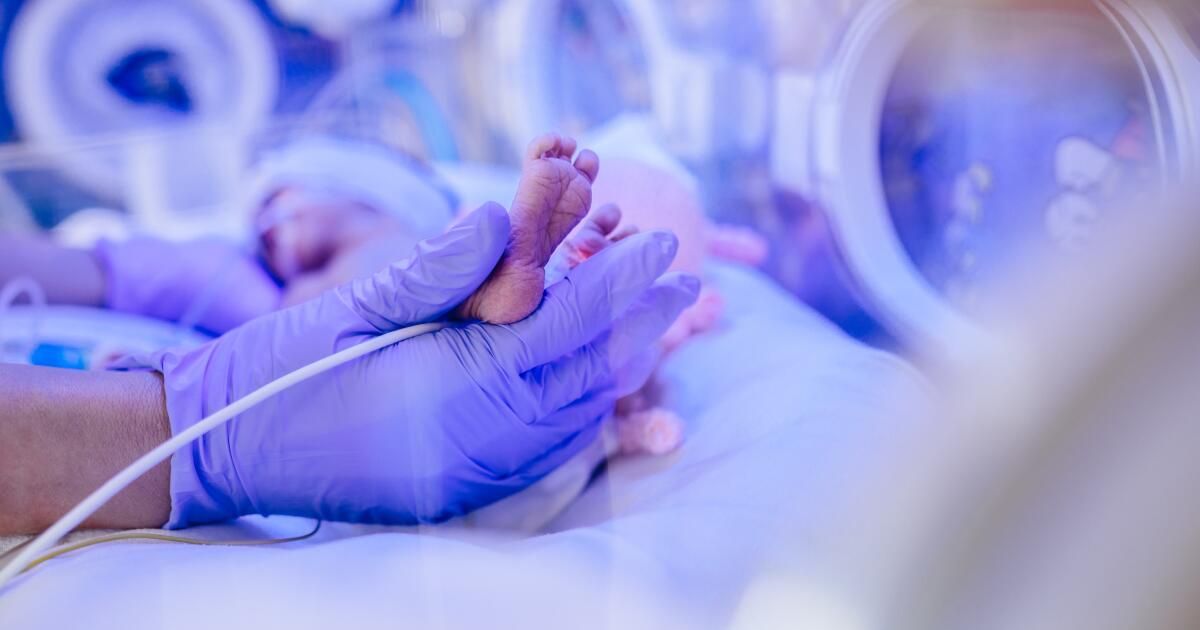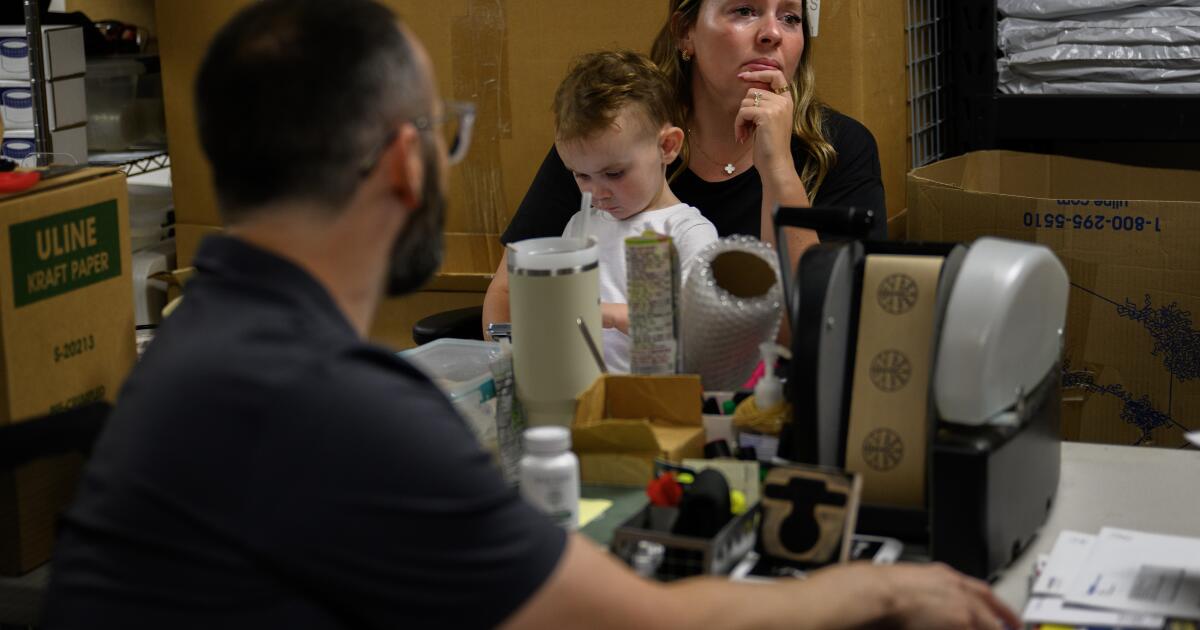Researchers at the University of California, San Francisco, found that newborns with an unusual pattern of blood metabolites — the byproducts created when the body processes energy — were much more likely to die from sudden infant death syndrome, adding to a growing body of research suggesting that babies who die from SIDS may have underlying conditions that can be detected early in life.
Researchers compared blood metabolic profiles from heel-prick tests of 354 infants born between 2005 and 2011 in California who died of SIDS, and compared them to the profiles of healthy infants born at similar gestational age and birth weight. They found that infants with unusual blood metabolites were 14 times more likely to die of SIDS than those with the lowest-risk pattern, according to the study published Monday in the journal JAMA Pediatrics.
“We were surprised by the timing of the data,” said study lead author Laura Jelliffe-Pawlowski., A professor at UCSF and New York University, he notes that “it suggests that babies who die from SIDS may have specific difficulties processing sugar and energy.”
Jelliffe-Pawlowski said this study alone isn’t enough to change clinical practice — or for the state to begin identifying these unusual metabolic patterns in newborn heel-prick samples, which are currently used to screen for 80 genetic and congenital disorders in California. But the findings are a promising contribution to scientists’ understanding of SIDS, the leading cause of death in infants between 1 month and 1 year of age, giving researchers an important new line of inquiry.
Much more research is needed, she said, including a study that identifies and monitors children with this unusual metabolic marker over time.
Join our community-funded journalism as we delve into child care, transitional kindergarten, health and other issues affecting children from birth to age 5.
What causes SIDS?
For decades, scientists have tried to figure out what causes SIDS, the sudden, unexplained death of a healthy baby before his or her first birthday. Ninety percent of SIDS deaths occur in babies six months or younger and peak between two and four months of age. The syndrome is also called “crib death,” because babies often die in their cribs.
In the 1980s, a breakthrough was made in linking SIDS to unsafe sleep practices, including putting babies to sleep on their stomachs, and public health agencies launched the first “safe sleep” campaigns in the 1990s, with public service announcements on television and “Back to Sleep” messages printed on rice cereal boxes.
The campaigns were a success, and the recommendations continue to be given to parents around the world. The SIDS rate plummeted during the 1990s but leveled off around 1998 and has remained stubbornly high. In 2020, there were 3,400 sudden, unexpected infant deaths in the U.S., according to the Centers for Disease Control and Prevention, including babies who died from accidental suffocation or strangulation; nearly half, about 1,389, were classified as SIDS.
In the years since then, researchers have discovered a number of underlying factors that could increase a baby's risk of SIDS, including problems in the part of the brain that controls breathing, abnormal serotonin receptors and low levels of an enzyme linked to waking from sleep.
What does this new study tell us about SIDS?
There is likely no single cause of SIDS, but rather a variety of risk factors, including an underlying physical abnormality, premature birth and unsafe sleeping conditions that can make a baby more vulnerable. The UCSF study provides evidence that problems with the way a baby metabolizes glucose may also contribute to some cases of SIDS.
Of particular importance is that these metabolic risk factors could be detected by the heel prick test that is performed on nearly all babies in the U.S. after birth. This means that babies who might be at higher risk for SIDS could be identified early and benefit from more testing, closer monitoring, and possibly interventions to try to prevent a tragedy.
“One of the holy grails of SIDS research is whether there is something we can do at birth to identify babies who are at high risk for SIDS and then intervene in some way to prevent it,” said Dr. Thomas Keene, a pulmonologist at Children’s Hospital Los Angeles. The problem, he said, is that many babies have the same metabolic profile identified in the study but never die of SIDS. An ideal marker, he said, would be much more specific.
Without more research showing a connection to SIDS, not enough is known to consider changing clinical practice, said Dr. Richard Goldstein, who directs the Robert Program on Sudden Unexpected Death in Pediatrics at Boston Children's Hospital-Harvard Medical School and counsels parents whose babies have died of SIDS. “You can't tell someone that their child is likely to die from some unknown, mysterious cause and think that's not without an enormous burden.”
Scott Oltman, another UCSF researcher who worked on the study, said his hope is that identifying the underlying physiological causes of SIDS will help parents who have lost their children.
“If you're a parent who's in the unfortunate position of having lost a baby to SIDS, when you're looking for answers and you come across research that shows more physiological connections than environmental ones, I think it can, to some extent, alleviate some of the feelings of guilt,” Oltman said.
This article is part of The Times' Early Childhood Education Initiative, which focuses on the learning and development of California children from birth to age 5. To learn more about the initiative and its philanthropic supporters, visit latimes.com/earlyed.












